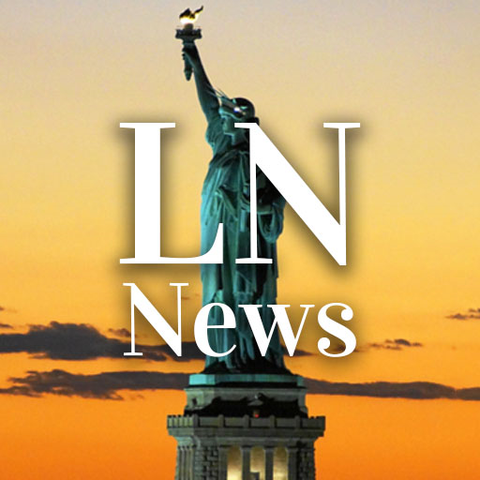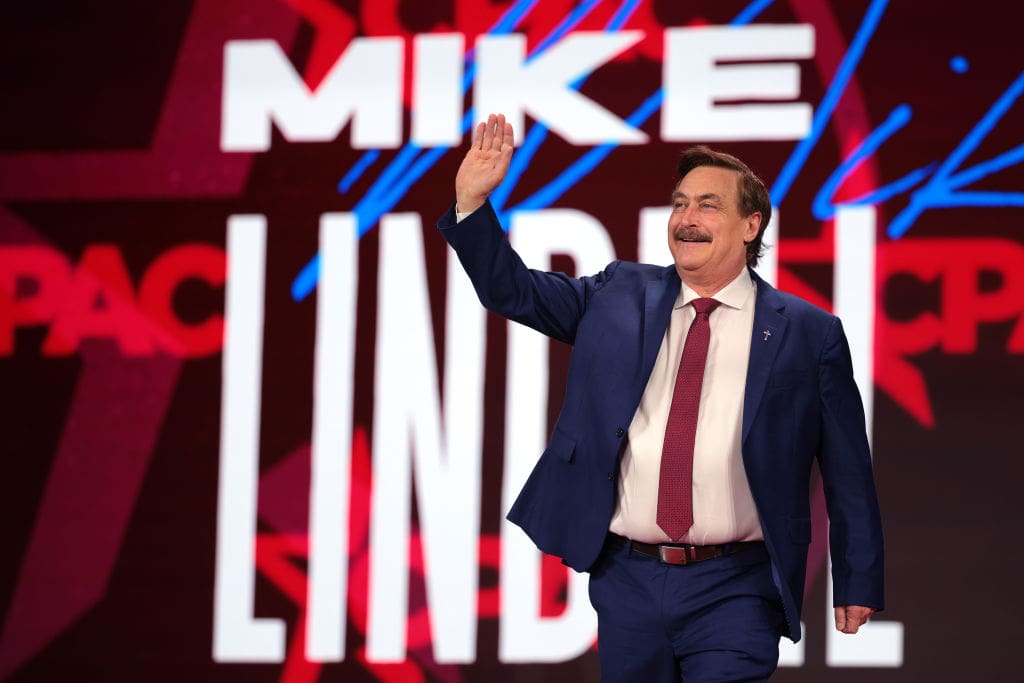



Mike Lindell, the founder and CEO of MyPillow, recently announced on his eponymous show that he was considering a bid for the governorship in his home state, Minnesota. Lindell has long been a figure of the MAGA movement and a supporter of President Donald Trump. If he does run, he might face off against Governor Tim Walz, whose term ends in 2026. Either way, the state could be ready to flip, especially if Democrats nationwide continue to trip over their own feet while running in place. But could a red tide rise that far north?
This isn’t the first time the pillow whisperer has said he was interested in trying to become Minnesota’s leader. Nearly five years ago, he stirred some talk when claiming he was considering a run in 2022. In 2020, Amy Koch, a GOP political strategist and former majority leader of the Minnesota Senate, said she “believed Lindell would make a strong candidate given his prominence, his ties to Trump, [and] his deep pockets,” explained Politico. Still, Lindell’s experience in the political realm is thin. Perhaps that’s beside the point. A bigger obstacle might be how dependably blue Minnesota has been – until recently.
If the GOP can get right-leaning voters in the Gopher State to the polls in 2026, it stands a good chance of getting a Republican in the governor’s mansion. High voter turnout benefits Republicans. Political consultant and data scientist David Shor of Blue Rose Research just released a mountain of data trying to figure out where the Democrats failed in 2024, and a key aspect of Harris’ loss was the increase in voters. The left has historically done better in races with low turnout. If everybody eligible to vote in last year’s contest had cast a ballot, said Shor, Trump would likely have added a few more percentage points to his winning total. The GOP and its allies are well aware of this and already have a solid strategy.
Liberty Nation depends on the support of our readers. Donate now!
Let’s look at deep-blue New Jersey for a moment. It has a gubernatorial race in November this year, so Scott Presler, a conservative activist who runs a PAC called Early Vote Action, is traveling throughout the state and implementing what he calls “the Pennsylvania model.” His goal, explains Politico, is to register “Republicans in oft-overlooked places — like gun ranges, Amish communities and fly fishing conventions — in both red and Democratic-leaning counties, and encouraging them to vote early for Republicans up and down the ballot,” a strategy Presler used in Pennsylvania during Trump’s 2024 campaign, hence the name of the model. How New Jersey plays out could be a deciding factor on how the GOP strategizes in future elections: Minnesota and beyond.
After Trump’s November win, Jeff Hayden, a Democratic strategist and former Democratic-Farmer-Labor Party legislator in Minnesota, told KARE 11, an NBC affiliate television station for the Minneapolis-St. Paul area, that Trump’s gains in his state were a “danger sign for his party.”
“I think it really speaks to the issue in Minnesota,” said Hayden, “and nationally, where Democrats have — for some reason — really lost this relationship with working-class people. Especially in Minnesota where the Democratic-Farmer-Labor Party is really part of our creed. And for whatever reason, our message is not resonating with those kind of blue-collar, labor groups out there.”
The North Star State is primed for turning red. Its House is tied at 67-67, and its Senate has 34 on the left and 32 on the right, with a special election on April 29 for an open seat in District 6. Walz has held the governorship there since 2019 but is not as likable as one might expect. His approval rating near the end of 2024 was 42.5% to 40.6%, according to a RealClear Politics average. However, it’s not definite that he will run. He is reportedly considering a presidential bid in 2028. Regardless, if the GOP can mobilize and get the less politically engaged crowd to vote in Minnesota’s gubernatorial race next year, it is possible that Lindell – or a different Republican candidate – could become the next governor. And with the Democratic Party fumbling without a message or a clue, other blue states might also face a red tide.
